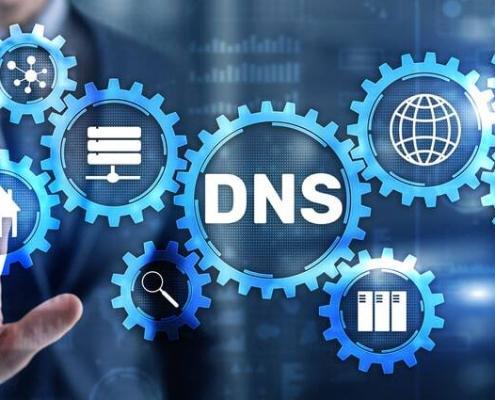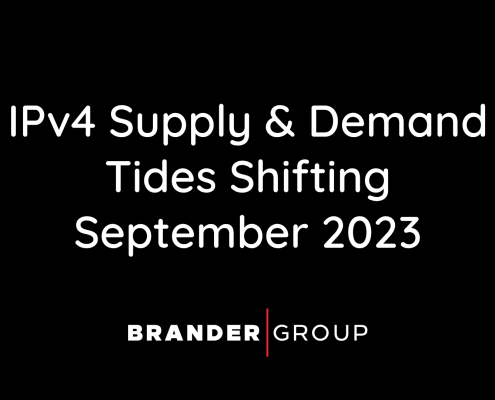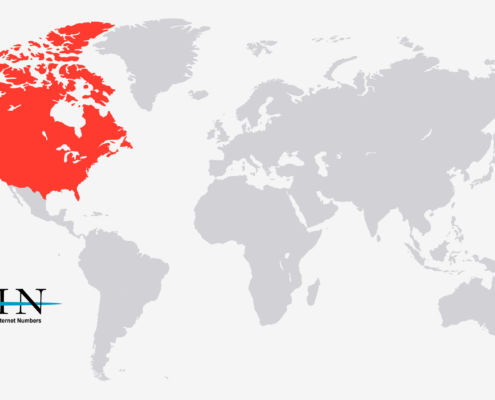Posts

Cogent Raises $174M By Securitizing IPv4 Addresses
IPv4 BlogCogent’s $174 million IPv4 securitization signals a new approach to monetizing address space in the tech and telecom sectors

MAP-T vs. CGNAT: IPv4 Address Translation
IPv4 Blog, Knowledge HubMAP-T and CGNAT help manage IPv4 exhaustion; Brander Group ensures seamless transition and network optimization.

IPv4 Blocks – Everything You Need to Know
Knowledge HubIPv4 blocks are essential to understanding how the web works and why we’re seeing shifts in networking technology

How to Configure DNS for Internet Service Providers (ISPs)
IPv4 Blog, Knowledge HubSetting up DNS (Domain Name System) properly for Internet Service Providers (ISPs) requires configuring DNS servers and network infrastructure to ensure reliable & efficient domain name resolution for your end user subscribers.
 2024
2024Thinking of Migrating to IPv6 from IPv4 Addresses?
IPv4 Blog, Knowledge HubWhile both are viable options for enterprise networks, There are good reasons to migrate from IPv4 to IPv6; the current standard IP protocol.

RIPE NCC Reclaims 1.5 Million IPv4 Addresses Due to Sanctions
IPv4 BlogThis report presents data regarding the impact of sanctions on RIPE NCC members, Users, and legacy resource holders, while adhering to confidentiality and privacy requirements.
 2023
2023IPv4 Supply & Demand Tides Shifting – September 2023
IPv4 BlogThe market is stable, with a new level of consistent demand. 142 transfer requests in August is on par with the average of 2023 142 requests.
 2024
2024What is an ASN? Autonomous System Number
IPv4 Blog, Knowledge HubAutonomous System Numbers (ASNs) play a key role in the internet's routing framework. ASNs enhance routing efficiency and policy management.

IP2Location: How IP Tracking Powers Geolocation
IPv4 BlogIP2Location is a geolocation database and designed to identify the physical location of an IP address

Understanding the American Registry of Internet Numbers
Knowledge HubARIN is North America's Regional Internet Registry. One of five RIRs responsible for allocating and managing Internet resources.